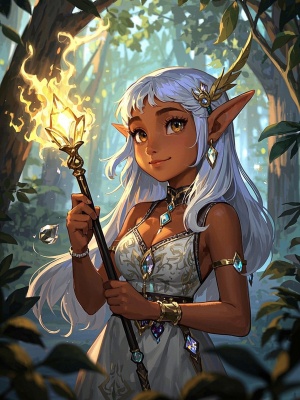The Art of Drawing Beautiful Faces: A Comprehensive Guide
Drawing beautiful faces is one of the most rewarding yet challenging aspects of art. Whether you're a beginner or an experienced artist, capturing the essence of a beautiful face requires understanding proportions, expressions, and unique features. This guide explores techniques, styles, and inspiration sources to help you master the art of drawing beautiful faces.
Understanding Facial Proportions

The Golden Ratio in Facial Beauty
Beautiful faces often follow the golden ratio, a mathematical proportion found in nature. When drawing, divide the face into thirds: from hairline to eyebrows, eyebrows to nose base, and nose base to chin. This creates balanced and aesthetically pleasing facial features. For more on proportions, check our AI Art Guide.
Common Mistakes to Avoid
- Placing eyes too high or too low on the face
- Making the nose too long or too short
- Ignoring the unique asymmetry of real faces
Capturing Different Types of Beauty

Classic Beauty Features
Classic beautiful faces often feature:
- Symmetrical features
- Large, expressive eyes
- Well-defined cheekbones
- Full lips
Unique and Unconventional Beauty
Not all beautiful faces fit traditional standards. Consider drawing faces with:

- Distinctive facial marks or freckles
- Unusual eye shapes
- Strong jawlines
Techniques for Drawing Beautiful Faces
Shading and Lighting
Proper shading brings depth to your drawings. Study how light falls on different face shapes. Our Portrait to Art Detail guide offers advanced techniques.
Expressive Eyes
Eyes are the focal point of beautiful faces. Pay attention to:
- Eyelid creases
- Pupil size and reflection
- Eyelash direction
Digital Tools for Face Drawing
Modern artists can use AI tools to enhance their work. Explore face swap technology for reference or inspiration. According to Tate Museum research, digital tools are revolutionizing portrait art.
Conclusion
Drawing beautiful faces combines technical skill with artistic interpretation. Whether working traditionally or digitally, understanding proportions, practicing different styles, and studying real faces will improve your artwork. For more inspiration, visit our gallery of beautiful face drawings.
Remember that beauty comes in many forms, and your unique artistic perspective can reveal beauty where others might not see it. Keep practicing, experimenting, and most importantly - enjoying the creative process.